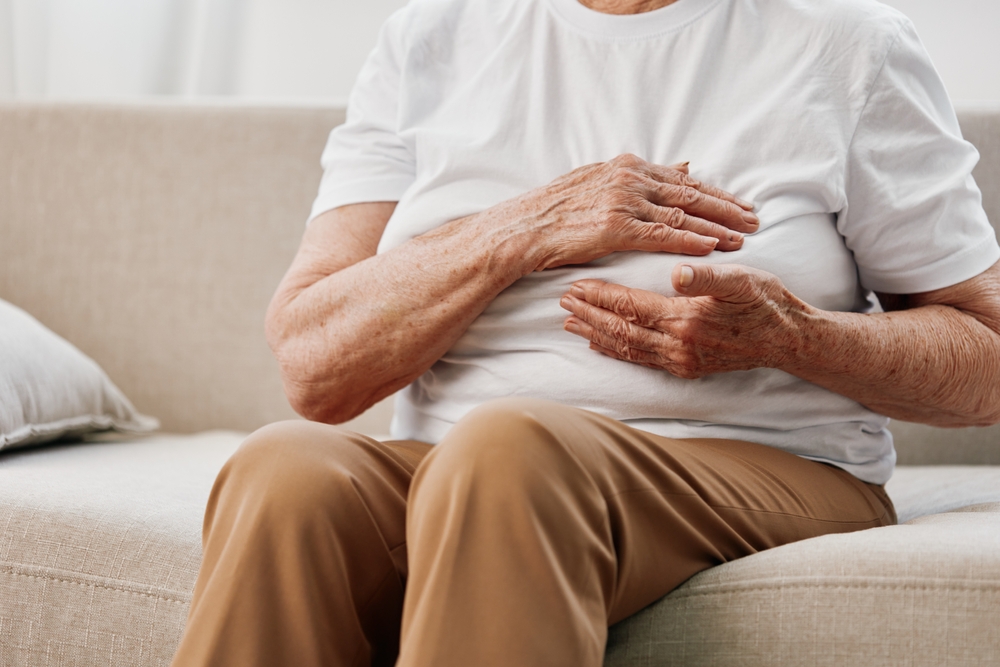Symptoms of Breast Cancer in Women Over 50
Category:

You’ve seen the pink ribbons, and you’ve heard all the slogans, especially during October since that is Breast Cancer Awareness Month. After skin cancer, breast cancer is the most common type of cancer diagnosed in women and it is more common in women over 50.
Thanks to advances in technology and increased awareness, the survival rates for breast cancer are steadily increasing, while death rates are steadily decreasing. Breast pain in older women is also taken very seriously since we know so much more about breast cancer and the importance of early detection now. Early detection dramatically increases survival chances, so knowing the symptoms of breast cancer is crucial to your health and wellbeing.
Symptoms of Breast Cancer in Women Over 50
It’s important to check your breasts every month to watch for symptoms. Some of the symptoms to watch for include:
- A change in the size, shape or contour of the breast.
- A lump or change in thickness in the breast that feels different from the surrounding tissue.
- Pain or tenderness in the breast area.
- Changes in the look of the nipple – it may appear flatter or turned inwards.
- A change in the look or feel of the skin on the breast or nipple. In people with white skin, the breast skin may look pink or red. In people with brown and Black skin, the breast skin may look darker than the other skin on the chest or it may look red or purple.
- The skin on the breast may look pimpled or like an orange peel.
- A marble-like hard area may appear under the skin.
- Peeling, scaling or crusting of the skin on the breast.
- A bloody or clear discharge from the nipple.
- A new mole or a change in an existing mole on the breast.
- Feeling weak or fatigued for no apparent reason.
- Sudden weight gain or loss for no reason.
There are many types of breast lumps that are completely benign and not at all cancerous. While it is very important to have a doctor or healthcare provider check any lump or change in your breast tissue as soon as you notice it – even if your most recent mammogram was clear – a lump does not automatically mean cancer.
Download Our FREE Path to Care Guide
Screening for Breast Cancer
In general, women under 50 do not require screening for breast cancer unless a symptom is detected. After age 50, a mammogram is recommended every two years. Mammograms can show false positives, particularly for women with dense breasts, so other screening methods like ultrasounds may be used to limit more invasive procedures like biopsies.
Knowing your family history is also important as breast cancer can be genetic. Those with a family history of breast cancer may need more frequent screenings.
Finally, it is important to get to know your breasts and check them regularly, so you notice right away if something changes. Your doctor can also give you a breast exam, but you live with your breasts every day and know them best. Because survival rates for breast cancer are improving, there is no need to fear talking to your doctor if you notice something amiss. The sooner a change in the breast is detected, the sooner you can determine what is happening and begin treatment if necessary.
To learn more about our home care services, contact our caregiving team today at 1-800-GRISWOLD or find a Caregiver near you.
Subscribe
Date: 2024-08-14
Category:


